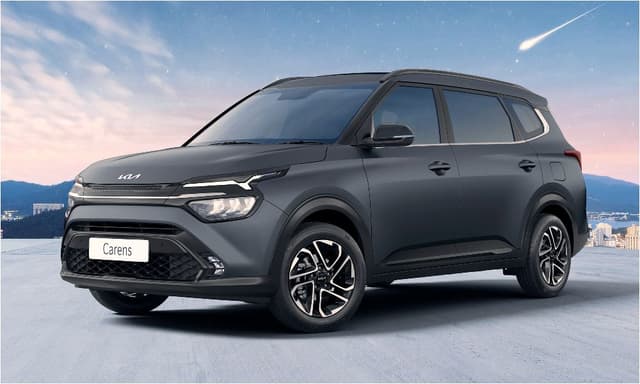Turbocharger vs. Supercharger

Highlights
- Turbocharger consists of turbine & compressor positioned on same shaft
- Superchargers boost horsepower without adding lag
- These systems work together to get the most power & torque of the engine
It's easy to mix up turbochargers with superchargers. It's easy to confuse turbochargers and superchargers for one-to-one engine devices since they include the word "charger" in their titles. However, they are on opposing ends of the automotive spectrum due to a few fundamental distinctions. The terms "turbocharged" and "supercharged" are increasingly commonplace in the United States. They're regularly stated by politicians, TV reporters, and even some comedians in automobiles drinking coffee. While most people understand these expressions to indicate that something has been given more vitality, made more strong or highly emotional, accelerated, or enhanced, most people are unaware of the technology that give those words their meaning. What is the difference between turbochargers and superchargers, and which is better?

What are turbochargers?
A turbocharger is the induction device whose force is driven by the turbine, which boosts the efficiency and power production of the internal combustion machine and it pushes more air into the given combustion chamber. This compressor pumps more air and proportionally more fuel into this combustion chamber than the atmospheric pressure alone. It then results in a higher power production than the normally aspirated engine.
Similar to how liquid is pulled up into a syringe, intake gases are "pushed" into naturally aspirated piston engines by air pressure filling the volumetric space formed by the downward stroke of the piston (which forms a low-pressure region).
A turbocharger's goal is to boost an engine's efficiency by raising the density of the intake gas (typically air), allowing for more power per engine cycle.
The turbocharger's compressor sucks in ambient air and compresses it before injecting it at high pressure into the intake manifold. The kinetic energy of the engine's exhaust gases provides the necessary power to spin the centrifugal compressor. As a result, a larger volume of air enters the cylinders with each intake stroke.
A turbocharger can also be utilised to boost fuel economy without adding power. This is accomplished by collecting waste energy from the exhaust and reintroducing it into the engine. It becomes simpler to ensure that all fuel is consumed before being vented at the exhaust stage by repurposing this otherwise squandered energy to increase air mass.

Pros of turbochargers
- Significantly more horsepower.
- Power vs. size: permits smaller engine displacements to create significantly more power than their larger counterparts.
- Improved fuel efficiency: smaller engines consume less gasoline when idling and have less rotational and reciprocating mass, resulting in better fuel economy.
- Higher efficiency: turbochargers recover energy that would otherwise be wasted in naturally aspirated and supercharged engines (exhaust gases), improving overall efficiency.
What are superchargers?
In simple terms, superchargers are pressure boosting devices (compressors) that enhance the air pressure before entering the cylinder of an internal combustion engine! And supercharging is the technique of boosting the pressure OR pushing more air into the engine.
A supercharger is essentially a set of compressors/blowers that take ambient air, compress it, and forcibly push it into the engine! The compressor/blower receives power from the engine through a belt drive.
The engine produces more power when the MEP is increased. The engine's mean effective pressure is increased by injecting more air-fuel mixture into the cylinder. Adding a compressor to the engine improves its efficiency in this way.
On the other hand, a supercharger has no lag since its air pump is connected directly to the engine's crankshaft and is continually spinning and responsive. The power boost it gives, and hence the engine reaction you feel through the seat of your trousers, grows in direct proportion to how hard you push the accelerator.

Pros of superchargers
- More horsepower: Adding a supercharger to any engine is simple to increase horsepower.
- No latency: The primary advantage of a supercharger over a turbocharger is that it has no lag. Power is delivered quickly because the engine's crankshaft powers the supercharger.
- Low RPM boost: Compared to turbochargers, good power at low RPM.
- Price: a low-cost method of improving horsepower.

Which among the two is best?
The turbocharger has won by a large margin, according to automakers. It's not so much about power as it is about fuel economy. The usage of turbochargers rather than superchargers has been driven by federal regulations for ever-improving fuel economy, rigorous greenhouse-gas emissions limits, and customers' need for high fuel efficiency.

More economical turbocharged inline-four engines have replaced numerous V-6 engines with similar power and frequently greater tire-spinning torque. In contrast, turbo-six engines have replaced many V-8 engines in higher-performance sport and luxury cars. A global information provider, IHS Markit, lists 220 2018 models having at least one turbocharged engine, compared to only 30 with a supercharged engine.













